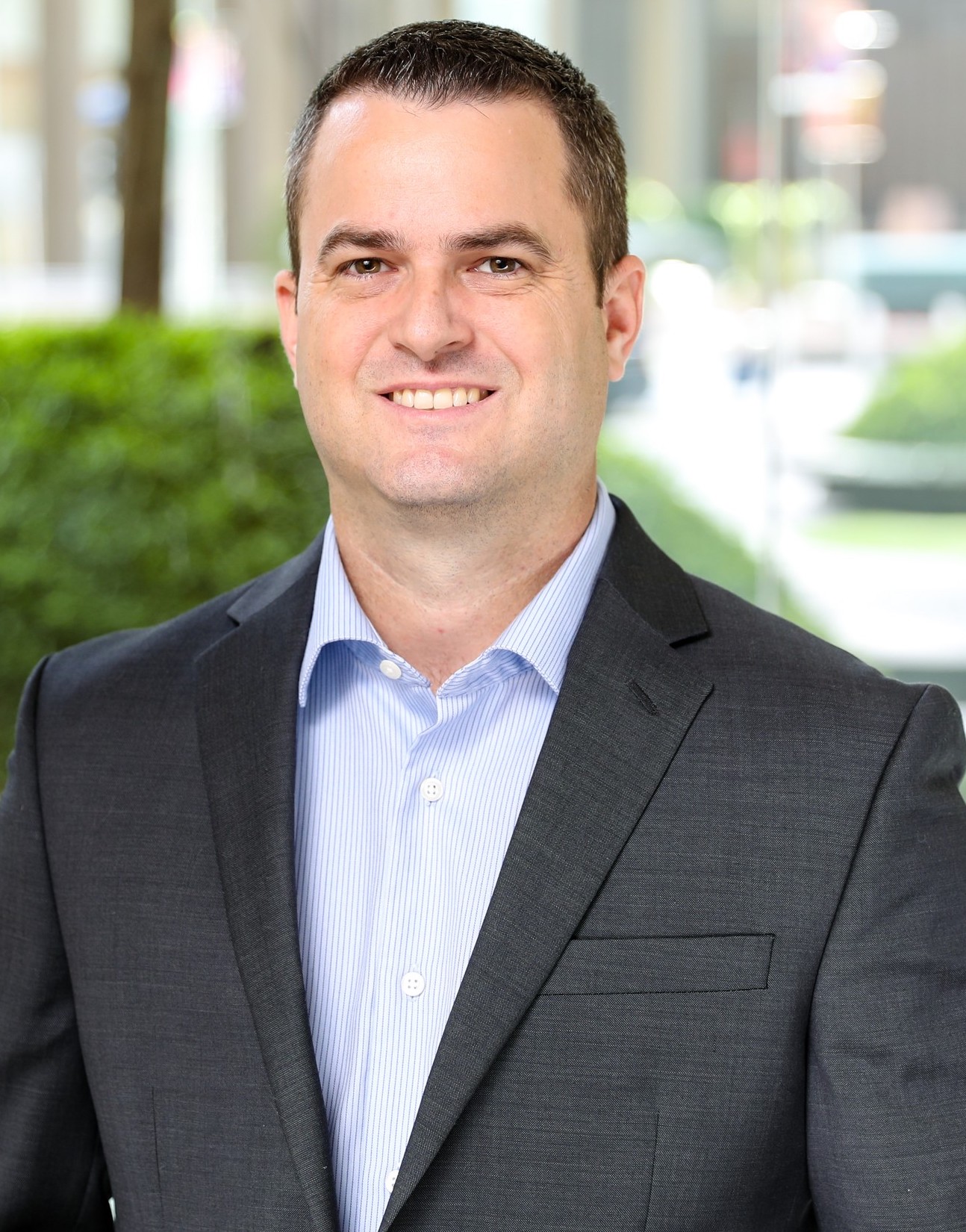What You Need to Know About ASHRAE’s Fifth Edition of Thermal Guidelines17 min read

The ASHRAE Thermal Guidelines for Data Processing Environments is developed and published by ASHRAE Technical Committee (TC) 9.9, Mission Critical Facilities, Data Centers, Technology Spaces and Electronic Equipment. Within TC 9.9, the IT Subcommittee serves as the primary source of information on the latest IT trends used in the development for the Thermal Guidelines. The subcommittee is primarily composed of thermal and research engineers from the major IT equipment (ITE) manufacturers, with peer review by facility owners, operators and design consultants.
There are changes in three major areas of the 5th Edition of the Thermal Guidelines, published in March 2021. While there are other minor clarifications, updates and corrections, the primary updates center around the air-cooled Relative Humidity limits, additional of a new air-cooled class for High Density Compute Equipment, and several major updates to the Liquid Cooling chapter.
In October of 2019, ASHRAE TC 9.9 published the results of Research Project 1755 (RP-1755), Impact of Gaseous Contamination and High Humidity on the Reliable Operation of Information Technology Equipment in Data Centers. That’s a mouthful, but what does it mean? In short, the research project (which can be downloaded here) focused on the affect of different gas-phase contaminants on silver and copper corrosion when combined with varying levels of elevated relative humidity. Without spoiling it for those wanting to read the entire paper and understand the specifics, the results of the study confirmed a need to make adjustments to the upper end of the Recommended relative humidity range for air-cooled ITE based on concentration levels of certain gaseous contaminants at the project site. Additionally, a necessary step in using the 5th Edition guidelines is the inclusion of silver and copper coupons in the IT spaces to track corrosion rates in the facility as a predictor for ITE failure.
As the debate “To Liquid Cool or Not-To Liquid Cool” continues, there has been an increase in the presence of high density air-cooled deployments where reliable operation of the ITE requires environmental conditions outside of the already-established Air Classes. As a result, the ITE manufacturers in the IT Subcommittee created a new air-cooling class, “H1”. This new air-class provides thermal guidance for air-cooled high density applications. What is considered high-density? Unfortunately, due to the variety of ITE designs on the market, you need to contact your ITE manufacturer to determine whether or not the facility must be designed and operated per the H1 guidelines, or more conventional Air Class guidelines.
As you might imagine, due to the increased power density of ITE in the H1 class, and the fact that the chips themselves still have similar maximum temperatures, the H1 class thermal envelope is cooler than that of A1 – notably the upper end of the Recommended Range is 22°C (71.6°F), while the upper end of the Allowable Range is only 25°C (77°F). Additional information, including extensive application notes are in the Guidelines.
A number of the updates to the Thermal Guidelines in this version are contained in the Liquid Cooling chapter. Due to the continued emergence of liquid cooling deployments, technologies and supporting ITE, a number of topics requiring guidance have developed in recent years.
For those familiar with the liquid cooling guidelines, the most obvious change will be that of the Liquid Cooling class designations. Previously, the classes were designated W1, W2, W3, W4 and W5. Each of those classes had a lower temperature limit of 2°C, while the upper limits were 17°C, 27°C, 32°C, 45°C and Over 45°C respectively. The deficiency in the original designations didn’t really appear until the debate began over adding a class between 32°C and 45°C.
As interest and regulatory demand for heat recovery and reuse from data centers continues to grow, there has been increased interest in utilizing liquid cooling to efficiently transport the waste heat to various hosts. As such, several manufacturers are designing liquid cooled solutions that operate around 40°C entering Facility Water, though few are capable of operating consistently above 45°C. The need to add a class for 40°C wasn’t debated, though what to call it was. In the end, due to the need for enhanced flexibility, not to mention making it easier for users to remember what temperature goes with the Class, the 5th Edition redesignated the classes based on their upper temperature limit – therefore the classes are now W17, W27, W32, NEW class W40, W45, and the now named W+. Honestly, we couldn’t come up with something better for “W+” in the relatively short time we had to make the changes before the document had to go to publication. This new means for designation allows the committee to adjust the W classes as required based on industry demand, without confusing the issue of “which version of W3 do you mean?”
The other major clarification with regards to the liquid cooling classes included in this update is HOW compliance with a W-class is defined. Previously, it was not well defined, and some manufacturers were classifying their ITE as “W4” if it was able to operate anywhere between 32°C and 45°C. However, from the perspective of an engineer designing a Facility Water System, or an Owner procuring ITE, it was difficult to validate whether or not certain ITE could be plugged into the FWS and operate correctly. In the above example, the FWS would have to be designed to W3 to ensure it could support W4 ITE. As such, we clarified the definition that compliance with a particular W-class requires “full, unthrottled operation of the ITE at all temperatures within the respective W-class”. Now, a facility designed to support W32 ITE can support any ITE which is W32 compliant. Of course, the owner and design engineer will need to collaborate to determine what amount of temperature overlap between FWS design is appropriate for the particular design – ie how far below the intended ITE W-class temperature the FWS can support.
Another major consideration for Liquid Cooling is a discussion around designing for the appropriate system pressures. Historically, design of liquid cooling systems has focused almost myopically on design temperatures. While critically important, more and more liquid cooling solutions are hitting the market which have maximum system working pressures below that of traditional FWS systems. If coordination of these design requirements is not thorough, many ITE solutions will automatically shut down and isolate themselves hydronically from the FWS to physically protect from overpressure. This obviously would lead to unplanned outages. Such problems can also be very difficult to correct post-commissioning. Additional guidance around this topic is provided in the 2019 ASHRAE TC 9.9 white paper, Water-Cooled Servers: Commons Designs, Components, and Processes.
As previously mentioned, there are a number of other additions, updates and clarifications to the Thermal Guidelines. The Thermal Guidelines can be purchased from the ASHRAE Bookstore, along with free copies of two little-known gems – Cold Weather Shipping Acclimation and Best Practices, and Data Center Power Equipment Thermal Guidelines and Best Practices.
Real-time monitoring, data-driven optimization.
Immersive software, innovative sensors and expert thermal services to monitor,
manage, and maximize the power and cooling infrastructure for critical
data center environments.
Real-time monitoring, data-driven optimization.
Immersive software, innovative sensors and expert thermal services to monitor, manage, and maximize the power and cooling infrastructure for critical data center environments.

John Gross
Owner and Mechanical Engineer, J.M. Gross Engineering, LLC
John is a Mechanical Engineer with 18 years of experience in Data Center Design and Commissioning. Ranging from Enterprise to Public Life Safety Operations and EMP Shielded, conventional air-cooled to water-cooled to two-phase immersion cooled, John has gained a breadth of experience in integrating IT equipment deployments with different infrastructure solutions and varying operational requirements. A voting member of ASHRAE TC9.9, John is a contributing author for the Fifth Edition of the Thermal Guidelines, white papers on Liquid Cooling trends and design considerations, as well as additional ASHRAE publications currently underway. With his experience in Mission Critical infrastructure design and commissioning, he brings a unique Operations-Focused approach to the design of critical facilities.
0 Comments